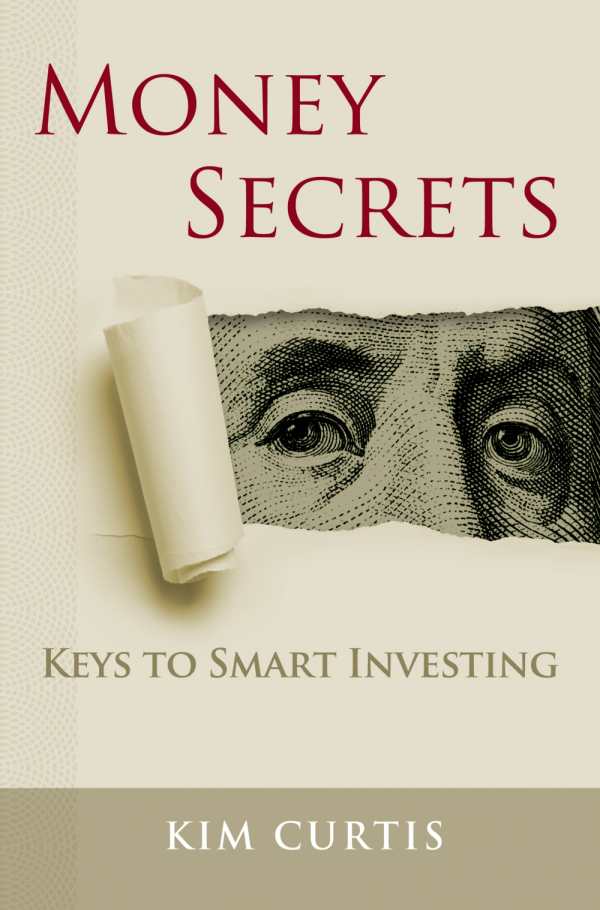Money Secrets
Keys To Smart Investing
This is a must-read guide for finding a competent and honest financial advisor.
Money Secrets: Keys to Smart Investing, by Kim Curtis, is a well researched and equally well written analysis that is primarily concerned with finding and developing a relationship with a competent and honest financial advisor. Some books are immediately relevant, and this slender volume is one of them. Curtis’s tone is authoritative, and rightly so; she understands why people are anxious about money because she worked in the industry herself and endured her own financial anxiety.
One important distinction is discussed early; there is a difference between a financial advisor and an investment advisor. The latter is solely concerned with a person’s financial portfolio and its success. A financial advisor, on the other hand, not only advises about investment choices and strategies but understands a person’s attitudes, beliefs, and behaviors about money. She refers to this concept as the “Integrated Life Planning Process” and notes that “the most effective financial advisors go beyond traditional data-driven financial planning and help you understand your natural behavior around money.”
Curtis analyzes the concept of financial advisors, and her observations from experience are cautionary: “Ninety-one percent of so-called financial advisors are in the business of sales.” In street language, they make their money by taking your money. It is abundantly clear through numerous academic and governmental studies that financial advisors cost investors billions of dollars by excessive trading, inflated commissions, and dubious products. Curtis’s absolute rule here is to hire an independent financial fiduciary with a fee-only contract.
The process of finding a trustworthy and honest advisor is not easy, but Money Secrets is essentially a how-to guide. At the end of each chapter, Curtis lists a series of questions about money and risk that you can ask yourself and your advisor. A delightful surprise appears at the end of chapter 5: a series of questions a potential advisor should ask you.
The second half of the book briefly addresses some of the traditional investment concepts. She compares active investors verses passive investors and emphatically advocates the latter: invest for the long term. Additionally, she addresses other financial situations: insurance needs (especially long-term care), inheritance plans, and taxes.
Many proposals in Congress about stricter regulation of financial advisors are quite unwelcome by financial service companies and often go nowhere. That makes this book even more important as it leads people through the thicket of salespeople peddling investment advice often beneficial only to themselves. Besides the text and informative charts, the glossary, notes, and index are also quite helpful. This is one of those books to be not only read but reread.
Reviewed by
Thomas H. Brennan
Disclosure: This article is not an endorsement, but a review. The publisher of this book provided free copies of the book and paid a small fee to have their book reviewed by a professional reviewer. Foreword Reviews and Clarion Reviews make no guarantee that the publisher will receive a positive review. Foreword Magazine, Inc. is disclosing this in accordance with the Federal Trade Commission’s 16 CFR, Part 255.

